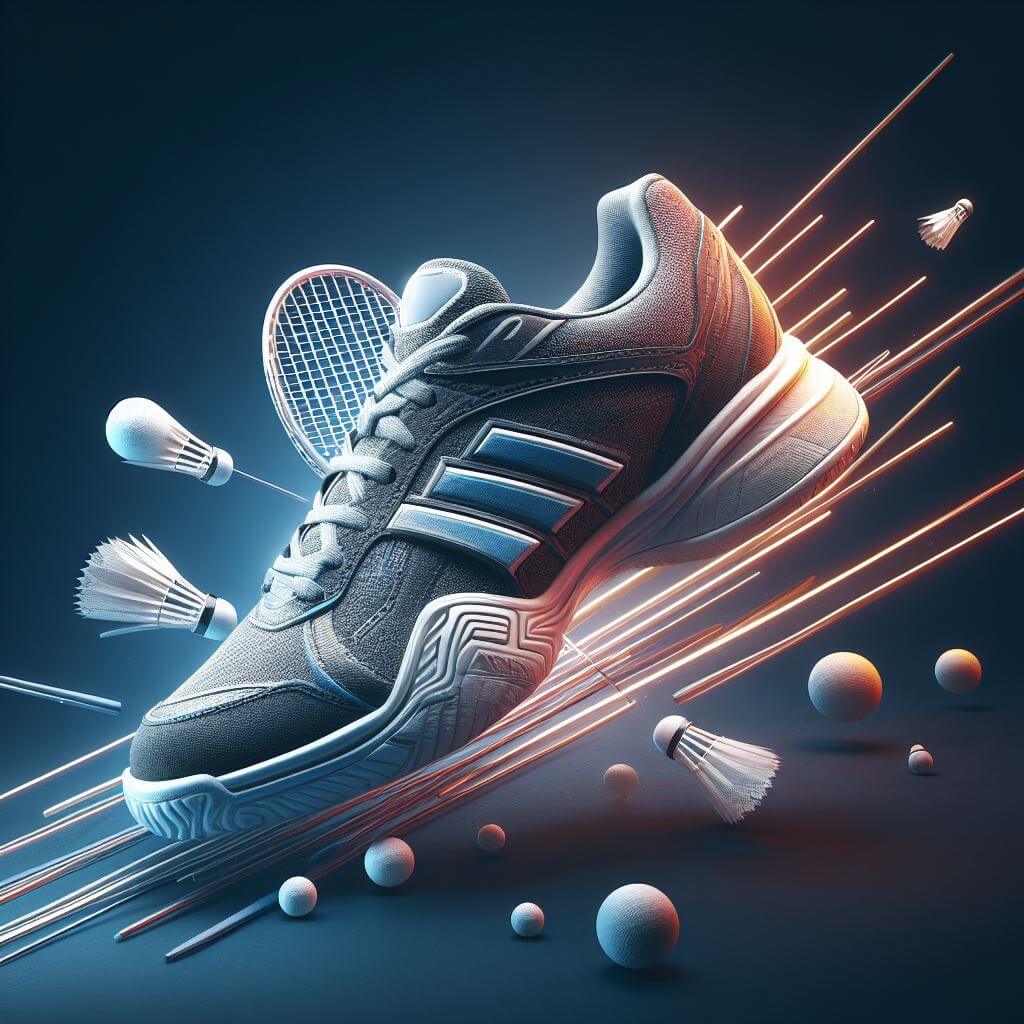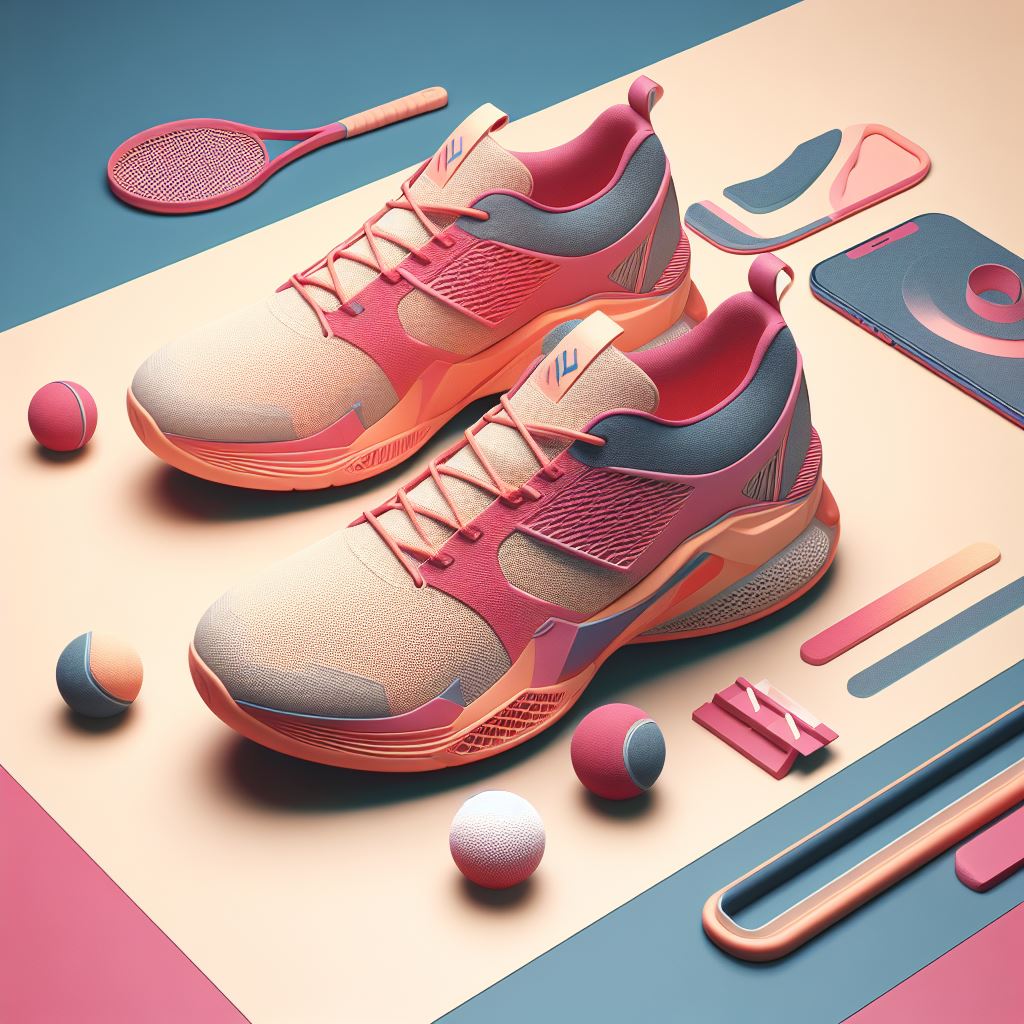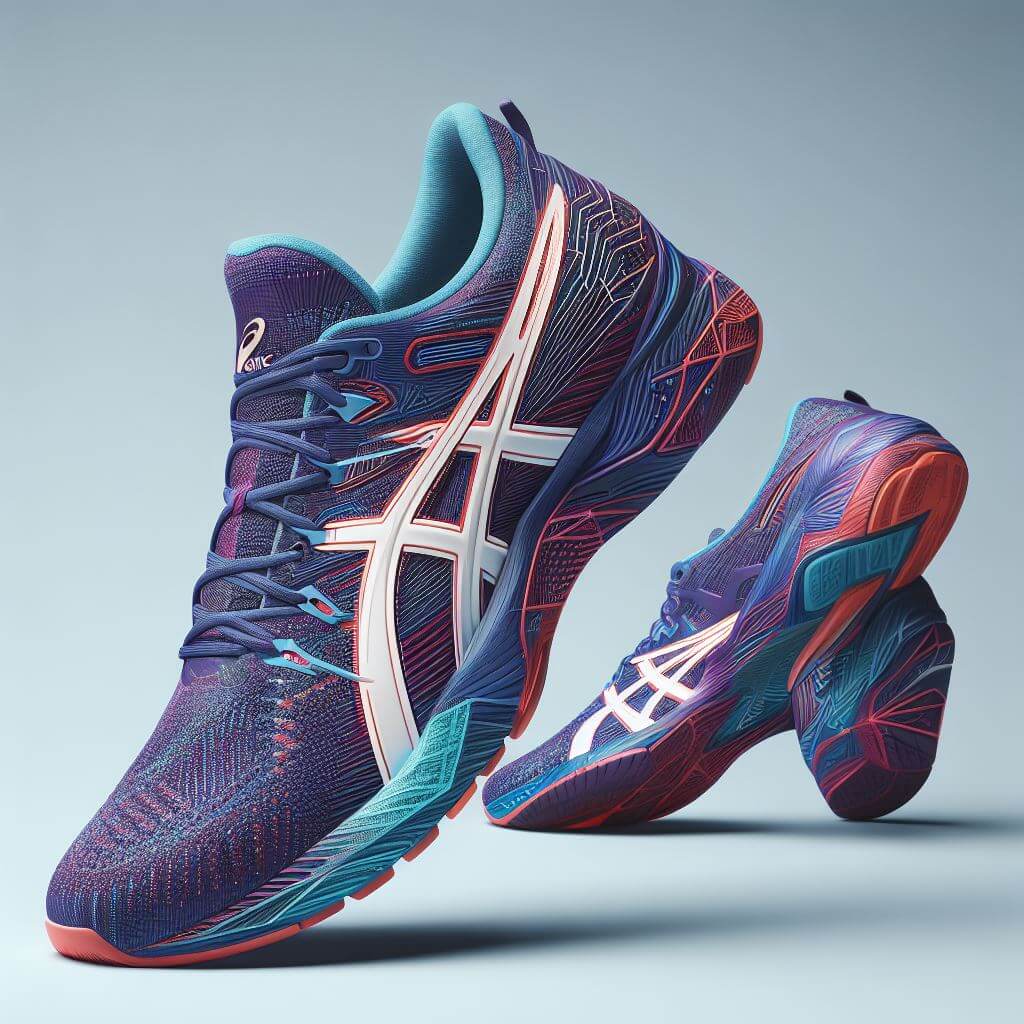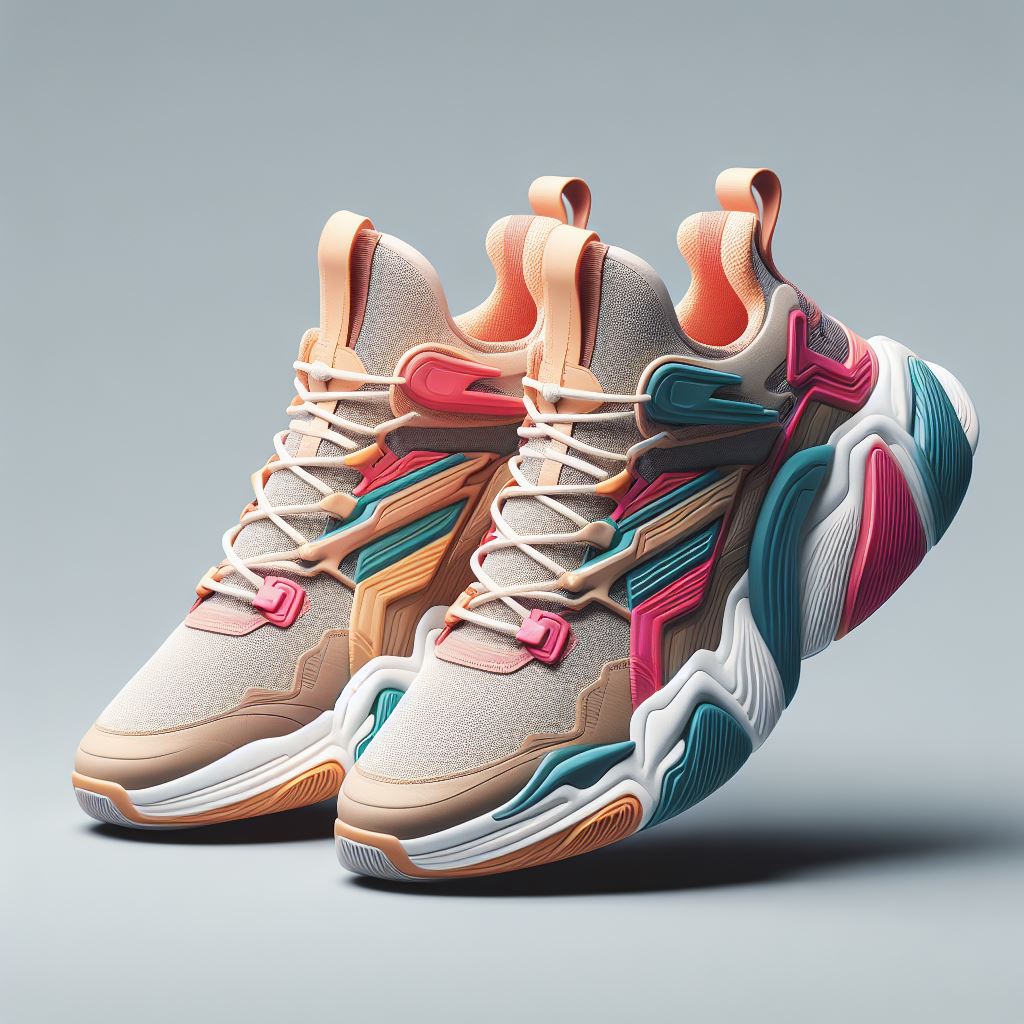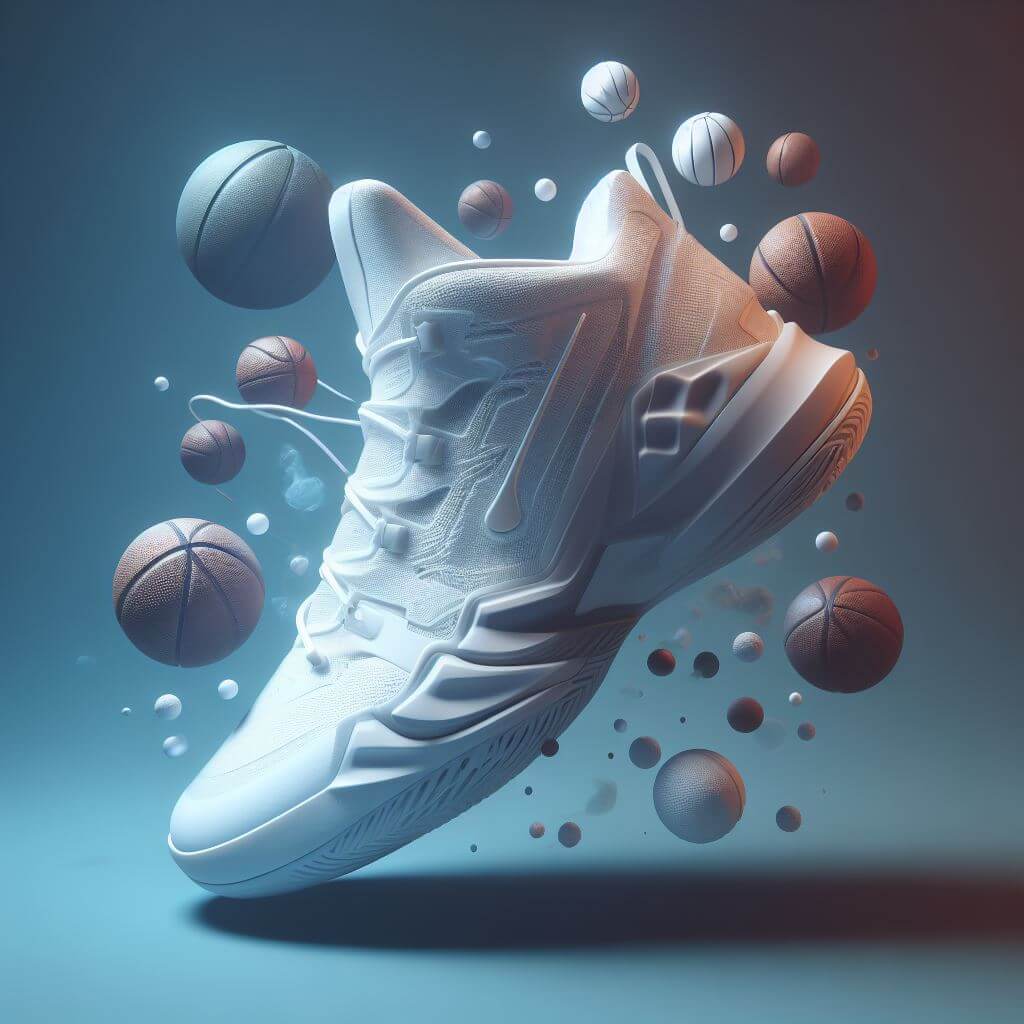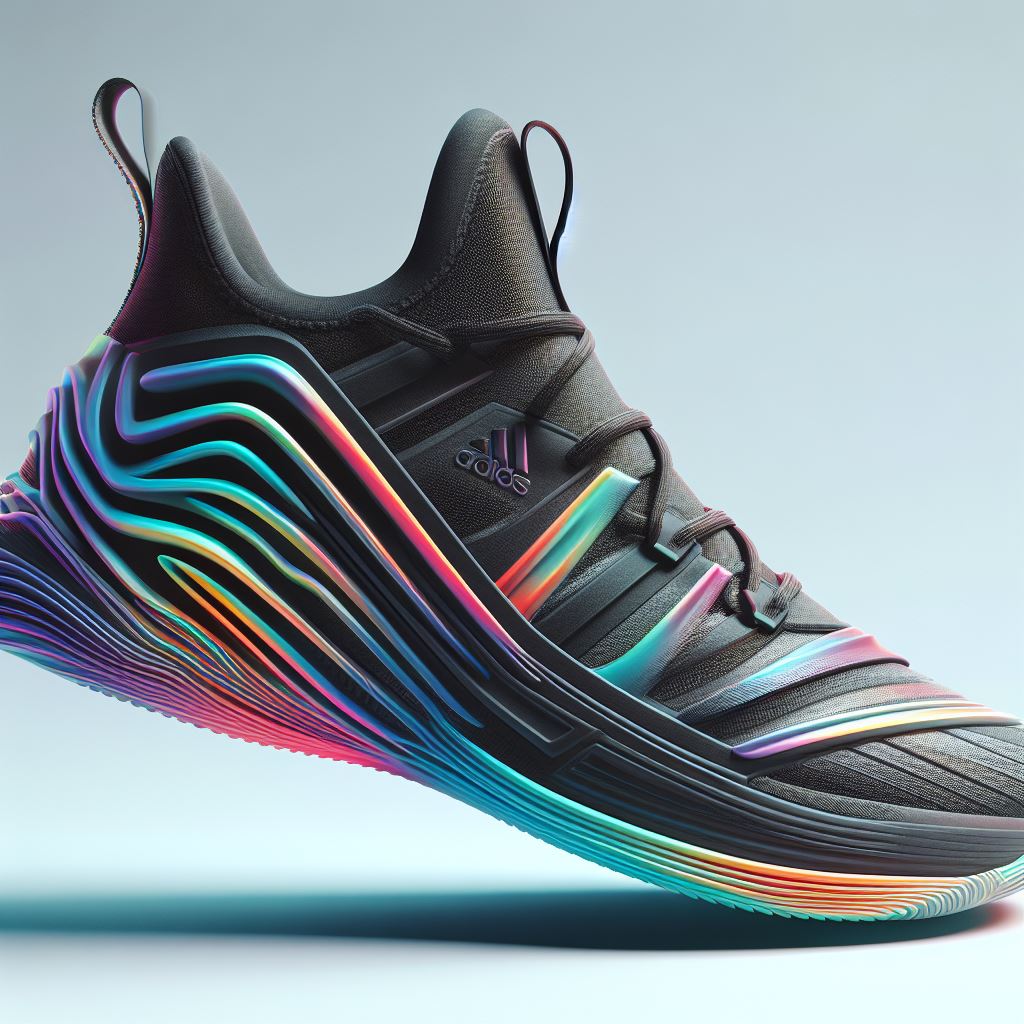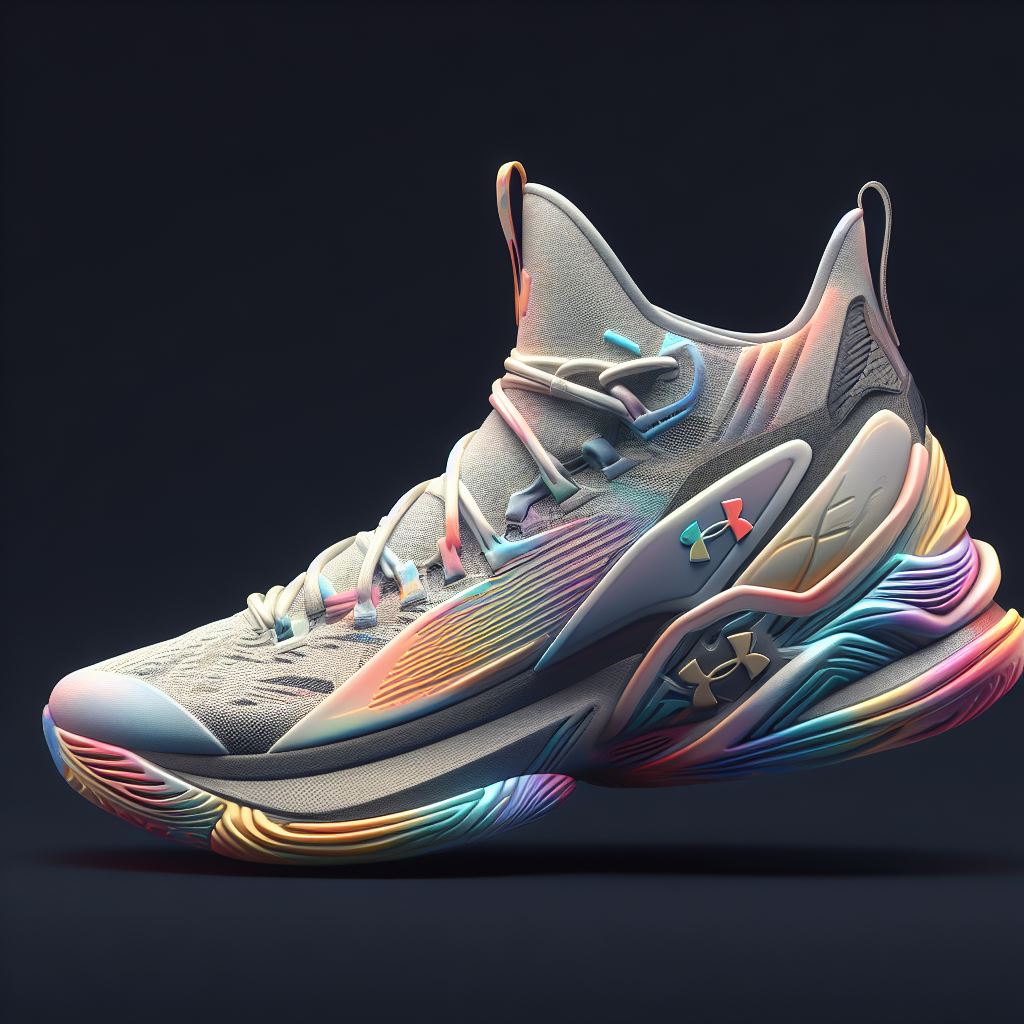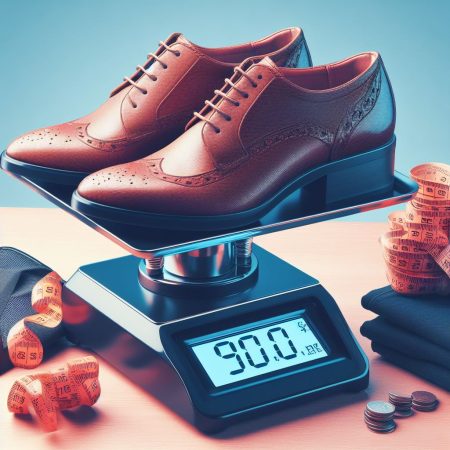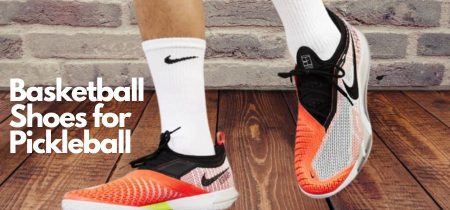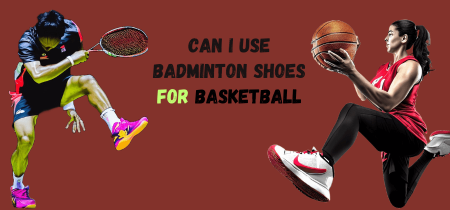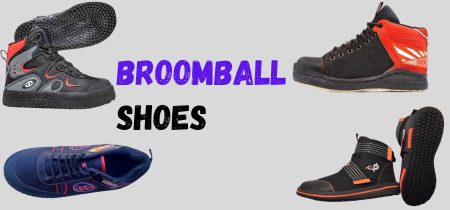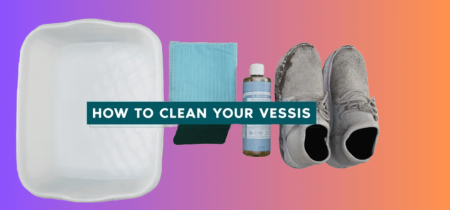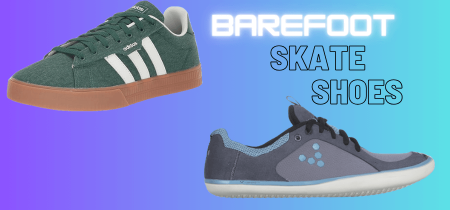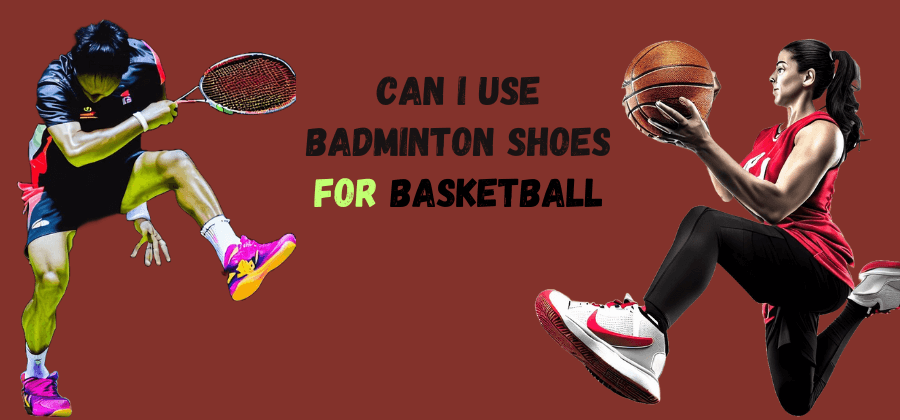
If you are a fan of both badminton and basketball, you may have wondered if you can use the same pair of shoes for both sports. After all, both sports involve running, jumping, and changing directions quickly. However, before you decide to wear your badminton shoes for basketball, you should know that there are significant differences between these two types of footwear. Badminton and basketball are both indoor sports that require a lot of agility and speed. However, they also have different movement patterns and demands on the feet. Badminton involves more lateral and diagonal movements, as well as frequent stops and starts. Basketball involves more vertical and forward movements, as well as jumping and landing. Therefore, the shoes that you wear for each sport should be designed to suit these specific needs.
In this article, we will explain why wearing the right shoes for your sport is important, what are the main features and characteristics of badminton and basketball shoes, what are the risks of wearing badminton shoes for basketball, what are the benefits of wearing basketball shoes for basketball, and how to choose the right basketball shoes for you.
- What are Badminton Shoes?
- Lightweight:
- Low-cut:
- Thin sole:
- Non-marking rubber outsole:
- Cushioning:
- Breathability:
- Yonex Power Cushion 65 Z2:
- Asics Gel-Rocket 9:
- Li-Ning Turbo Charging 75:
- What are Basketball Shoes?
- Heavyweight:
- High-cut
- Thick sole:
- Rubber outsole:
- Lacing system:
- Ventilation:
- Nike Air Jordan 1:
- Adidas Harden Vol. 5:
- Under Armour Curry 8:
- What are the Risks of Wearing Badminton Shoes for Basketball?
- Lack of support:
- Lack of cushioning:
- Lack of stability:
- Lack of traction:
- What are the best alternatives to badminton shoes for basketball?
- Cross-trainers:
- Volleyball shoes:
- Tennis shoes:
- Conclusion
- FAQS
What are Badminton Shoes?
Badminton shoes are special types of footwear that are designed to suit the demands of badminton, a fast-paced racket sport that requires quick footwork, agility, and balance. Badminton shoes have several features and characteristics that distinguish them from other sports shoes, such as:
Lightweight:
Badminton shoes are usually lighter than other types of sports shoes, as they need to allow you to move swiftly and freely on the court without adding extra weight or bulk to your feet.
Low-cut:
Badminton shoes are usually low-cut or have a low ankle collar, as they need to provide you with a wide range of motion and flexibility in your ankles without restricting or rubbing against them.
Thin sole:
Badminton shoes usually have a thin sole or a low heel-to-toe drop, as they need to keep you close to the ground and enhance your stability and balance on the court. A thin sole also helps you feel the surface better and adjust your footwork accordingly.
Non-marking rubber outsole:
Badminton shoes usually have a non-marking rubber outsole that does not leave any marks or scuffs on the court. This is because most badminton courts have wooden or synthetic floors that need to be kept clean and smooth. A non-marking rubber outsole also provides you with good grip and traction on different types of surfaces.
Cushioning:
Badminton shoes usually have some cushioning in the midsole or insole to absorb shock and reduce impact on your feet. This is because badminton involves a lot of jumping and landing on your feet, which can cause stress and fatigue to your feet, ankles, knees, and lower back. Cushioning can help you prevent injuries and enhance your comfort and performance.
Breathability:
Badminton shoes usually have some breathability in the upper or the mesh to allow air circulation and ventilation to your feet. This is because badminton can make you sweat a lot, which can cause your feet to overheat and become uncomfortable. Breathability can help you keep your feet cool and dry and prevent blisters and infections.
Some examples of popular badminton shoes are:
Yonex Power Cushion 65 Z2:
This is one of the most popular badminton shoes among professional and amateur players. It features a lightweight and breathable upper, a low-cut design, a thin sole with a power cushion system, and a non-marking rubber outsole with a hexagrip pattern. It is designed to provide you with excellent comfort, support, stability, and grip on the court1.
Asics Gel-Rocket 9:
This is another popular badminton shoe that is also suitable for other indoor sports such as volleyball and squash. It features a synthetic leather and mesh upper, a low-cut design, a thick sole with a gel cushioning system, and a non-marking rubber outsole with a trusstic system. It is designed to provide you with good durability, cushioning, stability, and traction on the court2.
Li-Ning Turbo Charging 75:
This is a high-performance badminton shoes that is favored by many top players such as Chen Long and Shi Yuqi. It features a synthetic leather and textile upper, a low-cut design, a thin sole with a turbo charging system, and a non-marking rubber outsole with a tuff tip. It is designed to provide you with optimal speed, agility, responsiveness, and grip on the court3
What are Basketball Shoes?
Basketball shoes are special types of footwear that are designed to suit the demands of basketball, an intense team sport that requires strength, endurance, coordination, and skill. Basketball shoes have several features and characteristics that distinguish them from other sports shoes, such as:
Heavyweight:
Basketball shoes are usually heavier than other types of sports shoes, as they need to be durable and sturdy enough to handle the wear and tear of the game. They also need to provide you with enough support and protection for your feet, ankles, knees, and lower back.
High-cut
Basketball shoes are usually high-cut or have a high ankle collar, as they need to provide you with extra stability and security for your ankles. They also need to prevent your ankles from rolling or twisting during sudden changes of direction or landing from jumps.
Thick sole:
Basketball shoes usually have a thick sole or a high heel-to-toe drop, as they need to provide you with enough cushioning and shock absorption for your feet. They also need to provide you with enough height and leverage for jumping and rebounding.
Rubber outsole:
Basketball shoes usually have a rubber outsole that provides you with good grip and traction on different types of surfaces. This is because basketball involves a lot of running, stopping, pivoting, cutting, and jumping on the court. A rubber outsole also helps you prevent slipping or sliding on the court.
Lacing system:
Basketball shoes usually have a lacing system that allows you to adjust the fit and tightness of your shoes according to your preference. This is because basketball involves a lot of movement and pressure on your feet. A lacing system also helps you secure your feet in place and prevent them from sliding or moving inside your shoes.
Ventilation:
Basketball shoes usually have some ventilation in the upper or the tongue to allow air circulation and ventilation to your feet. This is because basketball can make you sweat a lot, which can cause your feet to overheat and become uncomfortable. Ventilation can help you keep your feet cool and dry and prevent blisters and infections.
Some examples of popular basketball shoes are:
Nike Air Jordan 1:
This is one of the most iconic basketball shoes of all time. It was first worn by Michael Jordan in 1985 and has since become a cultural phenomenon. It features a leather upper, a high-cut design, a thick sole with an air unit in the heel, and a rubber outsole with a pivot point. It is designed to provide you with legendary style, comfort, support, cushioning, and grip on the court.
Adidas Harden Vol. 5:
This is one of the latest basketball shoes from Adidas that is inspired by James Harden’s signature style. It features a textile upper with lightstrike cushioning technology in the midsole for lightweight comfort. It also features an adaptive fit system that wraps around your foot for personalized lockdown. It is designed to provide you with explosive speed, power, and control on the court.
Under Armour Curry 8:
This is one of the newest basketball shoes from Under Armour that is influenced by Stephen Curry’s game-changing skills. It features a synthetic upper with UA flow technology in the midsole for responsive cushioning. It also features a flexible plate that connects the heel and forefoot for stability. It is designed to provide you with unmatched grip, feel, and balance on the court.
What are the Risks of Wearing Badminton Shoes for Basketball?
Now that you know what are badminton and basketball shoes, you may be tempted to wear your badminton shoes for basketball. However, this is not a good idea as there are many risks and dangers of wearing badminton shoes for basketball. Some of the risks are:
Lack of support:
Badminton shoes are not designed to provide enough support for your feet, ankles, knees, and lower back when playing basketball. Basketball involves more impact, pressure, and stress on these parts of your body than badminton. Wearing badminton shoes for basketball can cause you to suffer from sprains, strains, fractures, or dislocations in these areas.
Lack of cushioning:
Badminton shoes are not designed to provide enough cushioning for your feet when playing basketball. Basketball involves more jumping, landing, and rebounding than badminton. Wearing badminton shoes for basketball can cause you to experience pain, soreness, bruising, or swelling in your feet.
Lack of stability:
Badminton shoes are not designed to provide enough stability for your feet when playing basketball. Basketball involves more sudden changes of direction, cutting, and pivoting than badminton. Wearing badminton shoes for basketball can cause you to lose balance, slip, or slide on the court.
Lack of traction:
Badminton shoes are not designed to provide enough traction for your feet when playing basketball. Basketball involves more running, stopping, and accelerating than badminton. Wearing badminton shoes for basketball can cause you to skid, trip, or fall on the court.
What are the best alternatives to badminton shoes for basketball?
IIf you’re looking for some alternatives to badminton shoes for basketball, you might want to consider some other types of indoor sports shoes that can be used for both sports. Here are some examples:
Cross-trainers:
Cross-trainers are versatile shoes that can be used for various types of activities, such as running, aerobics, weightlifting, or sports. They have features that combine elements of different types of sports shoes, such as cushioning, stability, traction, and flexibility. Cross-trainers can be used for both badminton and basketball because they provide adequate support, comfort, grip, and movement for both sports.
Volleyball shoes:
Volleyball shoes are similar to badminton shoes in terms of sole design, heel height, upper material, and weight. They also have non-marking soles that do not leave any marks on the court floor. However, volleyball shoes have more cushioning in their heels and more ankle support than badminton shoes. They also have more durable upper materials that can withstand more wear and tear. Volleyball shoes can be used for both badminton and basketball because they provide similar performance, comfort, grip, and movement as badminton shoes, but with more protection and shock absorption.
Tennis shoes:
Tennis shoes are similar to basketball shoes in terms of sole design, heel height, upper material, and weight. They also have non-marking soles that do not leave any marks on the court floor. However, tennis shoes have more flexibility and breathability than basketball shoes. They also have more lateral support and stability than basketball shoes. Tennis shoes can be used for both badminton and basketball because they provide similar performance, comfort, grip, and movement as basketball shoes, but with more freedom and ventilation.
Conclusion
In conclusion, Badminton shoes and basketball shoes are designed for different purposes and have distinct features. Badminton shoes are typically lightweight, flexible, and designed for quick lateral movements on a badminton court. On the other hand, basketball shoes are designed to provide stability, support, and cushioning for the high-impact movements involved in basketball, such as jumping and landing. While it is technically possible to use badminton shoes for basketball, it may not be ideal. Badminton shoes may not provide the necessary ankle support and cushioning required for the physical demands of basketball. Basketball shoes are specifically engineered to provide the right amount of support, stability, and impact protection for basketball players.If you’re considering using badminton shoes for basketball, it’s important to note that it may increase your risk of injury due to the lack of appropriate support and cushioning. It is recommended to use shoes specifically designed for basketball to ensure optimal performance and reduce the risk of injuries.
If you have access to basketball shoes, it would be best to use them for basketball activities. However, if badminton shoes are your only option, it’s important to be cautious and consider the limitations of using them for a different sport like basketball.
We hope this article has answered your question of “Can I use badminton shoes for basketball?” and helped you make an informed decision. If you have any feedback or questions, please feel free to leave a comment below. Thank you for reading!
FAQS
Here are some FAQs that answer the questions people may asked:
Q: Can I use badminton shoes for volleyball?
A: Yes, you can use badminton shoes for volleyball, as they have similar features and requirements. Both badminton and volleyball shoes have non-marking soles, thin and flat soles, lightweight and flexible upper materials, and low ankle support. However, there are also some differences that you should be aware of, such as the cushioning, durability, and lateral support of the shoes. Badminton shoes have less cushioning and durability than volleyball shoes, as they are designed for quick and explosive movements rather than long and continuous ones. Badminton shoes also have less lateral support than volleyball shoes, as they are more focused on forward and backward movements rather than side to side ones. Therefore, using badminton shoes for volleyball may not provide you with the optimal performance, comfort, and protection that you need for the sport.
Q: Can we use badminton shoes for gym?
A: It depends on what kind of gym activities you are doing. If you are doing weight lifting, especially big lifts like squats and deadlifts, then badminton shoes can be a good option, as they have thin and flat soles that allow you to feel the ground better and improve your balance and explosiveness. However, if you are doing running, jumping, or other high-impact exercises, then badminton shoes may not be suitable, as they have low heels, minimal cushioning, and lightweight upper materials that do not provide enough support, comfort, and shock absorption for your feet. Moreover, using badminton shoes for gym may also wear them out faster than using them for badminton only.
Q: Can we use badminton shoes for walking?
A: Yes, we can use badminton shoes for walking, but only for short distances and light surfaces. Badminton shoes have thin soles that can help you feel the ground better and improve your footwork. However, they also have less cushioning and arch support than walking or running shoes, which can cause discomfort or soreness when walking long distances or standing in one place for extended periods of time. Badminton shoes also have lightweight upper materials that can tear or wear out easily when walking on rough or outdoor surfaces.
Q: Can I use badminton shoes for running?
A: No, you should not use badminton shoes for running, especially outdoors. Badminton shoes are not designed to run in a straight line. They are made for short explosive movements in various directions. Therefore, the material they use and how they feel on the ground is very different from running shoes. Badminton shoes have thin soles that are made of gum rubber, which is a soft and delicate material that can easily get damaged if you run on rough or outdoor surfaces. Badminton shoes also have thin insoles that do not provide enough cushioning or shock absorption for your feet when running. Badminton shoes also have less stability and support than running shoes, which can cause instability or injury when running.
